Patient & Caregiver Resources
Foot &
Leg Wounds
Prevention &
Lifestyle
Diabetic
Foot
Recovering from
Surgery
Amputation
Care
Resources for
Caregivers
Support
Groups
Foot & Leg Wounds
Even with a first-time wound, your foot and leg are in danger of a possible amputation when you have an open wound. Understand your risk for amputation and get appropriate help.
ALPS Educational Flyer: Basics of Foot & Leg Wounds
This flyer provides an overview of the basic things to know about foot & leg wounds. Make sure to talk to your doctor when you have a foot or leg wound. Available in English & Spanish: Visit Resource Visitar Recurso
ALPS Educational Flyer: Your Foot & Leg Wound Care Team
Why do I need a foot and leg wound care team? This flyer provides insights into the team approach of your woundcare. Available in English & Spanish: Visit Resource
Visitar Recurso
ALPS Educational Flyer: Caring for a Foot or Leg Wound: Goals & Options in Treatment
What are possible goals or questions for my team? Read this flyer to learn more about the possible treatment options for your wound. Available in English & Spanish: Visit Resource
Visitar Recurso
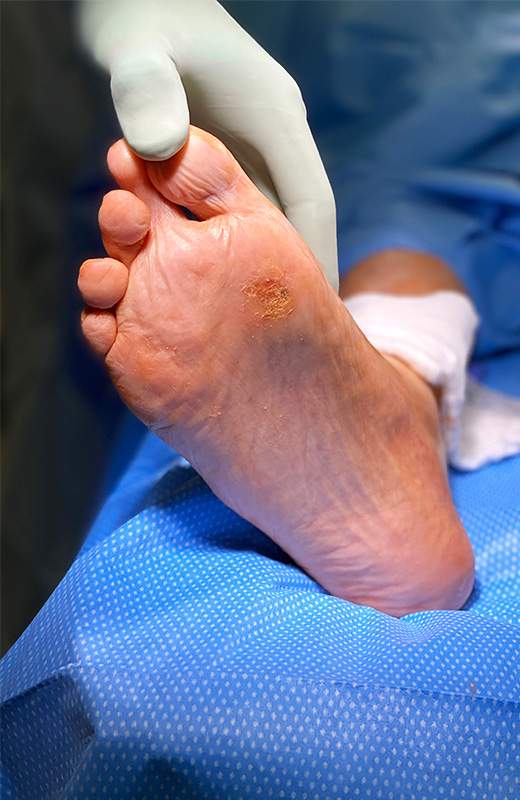
Prevention & Lifestyle

General
Vascular Cures’ educational flyers
Vascular Cures is a non-profit representing and supporting millions of patients with vascular disease outside of the heart. These educational flyers have been reviewed and approved by patients for patients. Flyers that may be helpful include tips for creating a walking and/or smoking cessation plan and information on how different illnesses affect vascular health. Visit Resource
The American Heart Association’s article on circulatory issues:
This online article discusses the signs leading to critical limb ischemia (now known as Critical Limb-Threatening Ischemia or CLTI) and how to take action to prevent limb loss, or amputation. Visit Resource
Amputation and diabetes: how to protect your feet
People with uncontrolled diabetes are a higher risk for nerve damage, foot deformities, poor blood circulation, foot ulcers, and amputation. This resource from the Mayo Clinic provides foot care advice and signs of trouble that need to be immediately addressed by a specialist. Visit Resource
Nutrition
American Heart Association Diet and Lifestyle Recommendations
The AHA is the leading expert on guidelines to improve overall heart health. This article provides an overview of why it’s important to make nourishing food choices daily. Make sure to speak with your health care provider or nutritionist about what is right for you. Visit Resource
My Plate
“Are you making every bite count?” Take the quiz on the website to find out! This site also offers information on what it means to “eat healthy” as well as helpful tips on serving sizes, nutrition needs for every age, and how to eat healthy while on a budget. Visit Resource


Physical Activity
Physical activity & vascular health
Burning calories is not the only reason why we should strive for at least 150 minutes of exercise a week. Read this article for more information on the benefits of exercise and how to include it in your daily schedule. Visit Resource
Focus on Walking
This resource includes a detailed step-by-step guide on how to self-start a walking program, as well as a “Walking Progress Log” to track your progress. Make sure to consult your health care provider before you start. Visit Resource
Diabetes and the diabetic foot
It’s important for individuals with diabetes to take extra care of their legs and feet. Every 17 seconds someone is diagnosed with diabetes and everyday about 230 Americans with diabetes have a limb amputated. Most of these amputations are the result of a diabetic foot ulcer. The resources below can provide information on how to best care for diabetes and prevent lower limb complications.
Diabetic Foot Manual - Saving my Feet
This First Diabetic Foot Manual has been prepared with our patients in mind. It has been written in simple language and by widely recognized professionals in the area of diabetic foot care. We are prepared to be able to walk next to our patients and prevent the dreaded amputations by providing them with the main tool, EDUCATION! Available in English & Spanish: Visit Resource
Visitar Recurso
American Diabetes Association
The American Diabetes Association Resource Page helps individuals and family members navigate different aspects of diabetes care. From nutrition to evidence-based research, to healthy living and lifestyle tips, this site is a wealth of resources: Visit Resource
Diabetes Food Hub
Meal planning and cooking at home sets us up for nutritional success. This website includes quick, easy to follow, healthy recipes and tips for shopping on a budget: Visit Resource
PAD and Diabetes
Individuals who have diabetes and peripheral artery disease (PAD) have increased risk for amputation. This educational flyer provides practical tips for lifestyle and disease management, and a helpful communication tool for patients and providers called “My Lifesaving Diabetes Care Plan.” Visit Resource

Amputation and diabetes: how to protect your feet
People with uncontrolled diabetes are at a higher risk for nerve damage, foot deformities, poor blood circulation, foot ulcers, and amputation. This resource from the Mayo Clinic provides foot care advice, and how to spot signs of trouble that needs to be immediately addressed by a specialist. Visit Resource
The Diabetic Foot Blog
ALPS Founding President, Dr. David Armstrong, has created a resource page on foot and wound care. Visit Resource
- Diabetic Foot Care Facts and Figures: Visit Resource
- Diabetic Foot Owner’s Manual: Quick tips and videos on how to provide the best care for diabetic feet: Visit Resource
What Are Diabetic Foot Ulcers?
Diabetic foot ulcers are wounds on the feet that develop in patients with type 1 or type 2 diabetes. About one-third of people with diabetes develop a foot ulcer during their lifetime. Diabetic foot ulcers affect about 18.6 million people worldwide and 1.6 million in the US annually. Approximately half of diabetic foot ulcers become infected, and about 20% of these infections result in amputation of part of the foot or the whole foot. Visit Resource
What Are Diabetic Foot Ulcers?
Diabetic foot ulcers are wounds on the feet that develop in patients with type 1 or type 2 diabetes. About one-third of people with diabetes develop a foot ulcer during their lifetime. Diabetic foot ulcers affect about 18.6 million people worldwide and 1.6 million in the US annually. Approximately half of diabetic foot ulcers become infected, and about 20% of these infections result in amputation of part of the foot or the whole foot. Visit Resource
Recovering from Surgery
Caring for yourself after surgery:
The resources below provide guidance both immediately following an amputation, and for the longer term after losing a limb.
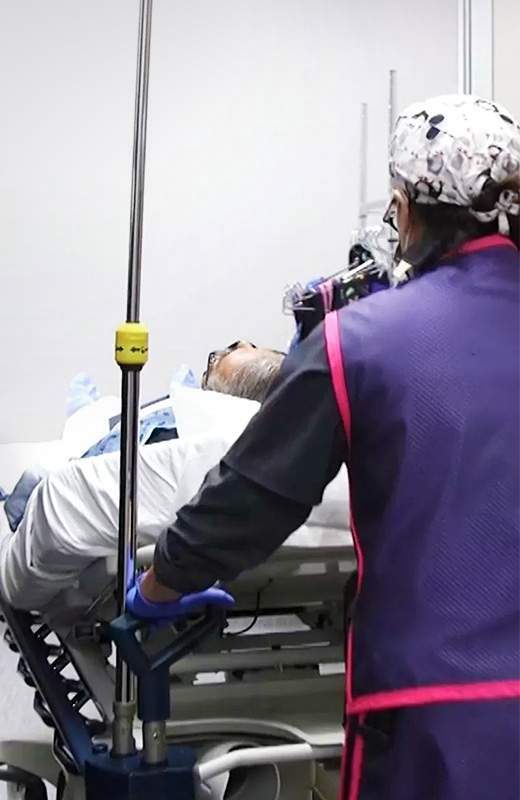
The National Health Service’s amputation overview
This resource is for UK-based patients and caregivers. This site includes a step-by-step overview of what to expect before, during, and after surgery. Visit Resource
The Institute for Rehabilitation and Research’s guide to post-amputation rehab
This lengthy, detailed guide sets the tone for what to expect as you adjust to limb loss. Please make sure to consult your health care team before taking any actions found in this resource. Visit Resource
Ability Tools’ emotional support resources
This is a list of resources for individuals who want to continue to live a healthy lifestyle after limb loss. Resources can help with things like finding appropriate prosthetics or choosing support groups that can help you cope with the stresses of limb loss. Visit Resource
Amputation Care
For more information on amputation care, visit:
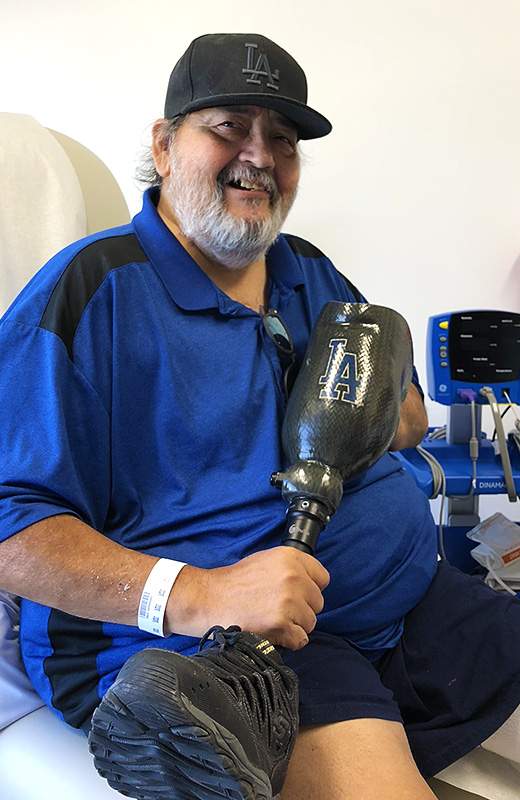
Resources for Caregivers
Becoming a caregiver for someone who has recently lost a limb can be a life-altering experience. Often an unpaid role, being a caregiver requires great levels of physical, emotional, and mental strength. The resources below can help provide insight on coping with the stress of caregiving, including an overview of topics related to navigating the complex aspects of this role.
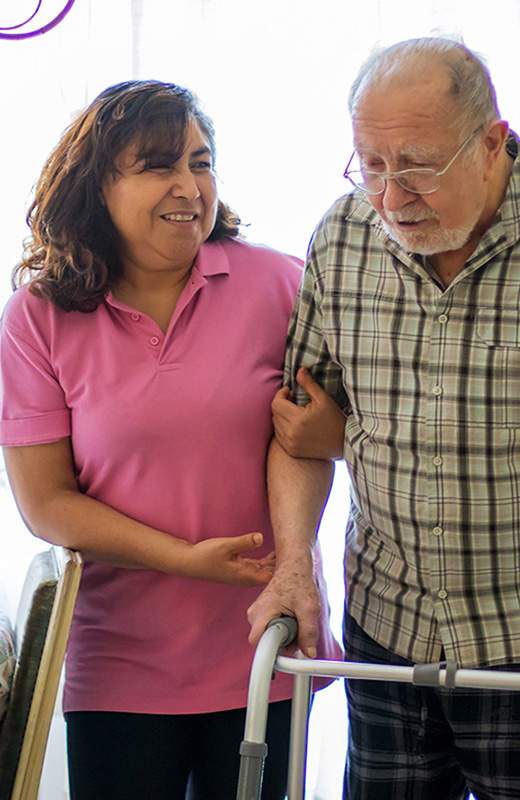
National Resources
Well Spouse Association (WSA)
The WSA advocates for and addresses the needs of individuals caring for a chronically ill and/or disabled spouse/partner. The organization educates healthcare professionals and the general public about the special challenges and unique issues of “well” spouses and facilitates a mentor program. Peer-to-peer support is offered through a national network of support groups. Visit Resource
National Alliance for Caregiving (NAC)
NAC is a nonprofit coalition of national organizations focusing on issues of family caregiving. The Alliance was created to conduct research, perform policy analysis, develop national programs, increase public awareness of family caregiving issues, work to strengthen state and local caregiving coalitions, and represent the U.S. caregiving community internationally. Visit Resource
Caregiver’s Library Resources
The National Caregivers Library is a source of free information for caregivers. Visit Resource
Community Resources & Support
Aging and Disability Resource Center (ADRC)
The ADRC serves older adults, individuals with a disability, caregivers, veterans and family members. This is a “no wrong door” and a “one-stop shop” system where you can obtain information on available long-term services and benefits, regardless of your income. Visit Resource
Rebuilding Together
Rebuilding Together provides home rehabilitation and modification services to low-income homeowners across the country. The work is completed by volunteers and skilled tradespeople with the support of local business and corporate sponsors. Visit Resource
Eldercare Locator - Home and Community Based Services
HCBS services include home-delivered meals, home healthcare, homemaker/chore services, transportation and caregiver support services, among others. Visit Resource
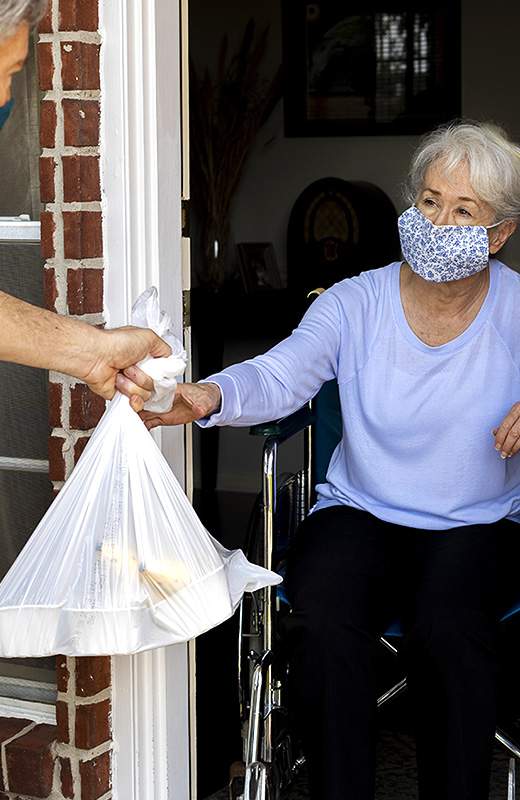
Support Groups
Support groups are organizations that connect you with peers to help you cope with the mental and emotional aspects of losing a limb.
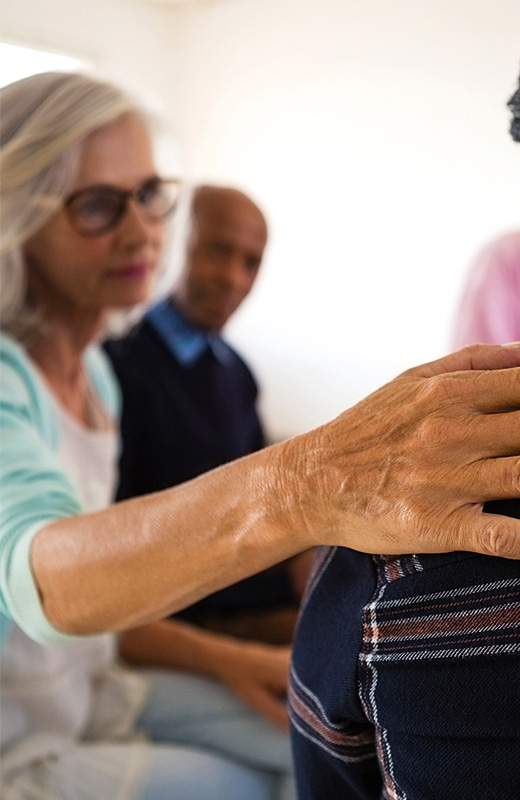
General tips for support groups:
After asking your provider, health center, or care team about support resources, try these places to find support groups or pages:
- Social Media
- Mental Health America’s list of support resources
- Meetup
- Therapeer
- Amputee Coalition’s Support Group Network
Feel free to contact the organizer ahead of time to get an idea of what the virtual support group/resource is – ask if you can stay off camera or on mute, if you’re not totally comfortable at first. Many will allow you to participate at your level of comfort!
When using these support groups, be aware of potential medical misinformation and make sure to always check with your provider before making care-related decisions.
Health-related information on this page, including text, graphics, images, and other material is for educational purposes only and is not intended to be a substitute for professional medical advice, diagnosis, or treatment. Always seek the advice of your physician or other qualified health provider with any questions you may have regarding a medical condition. If you think you may have a medical emergency, call your doctor or 911 immediately.